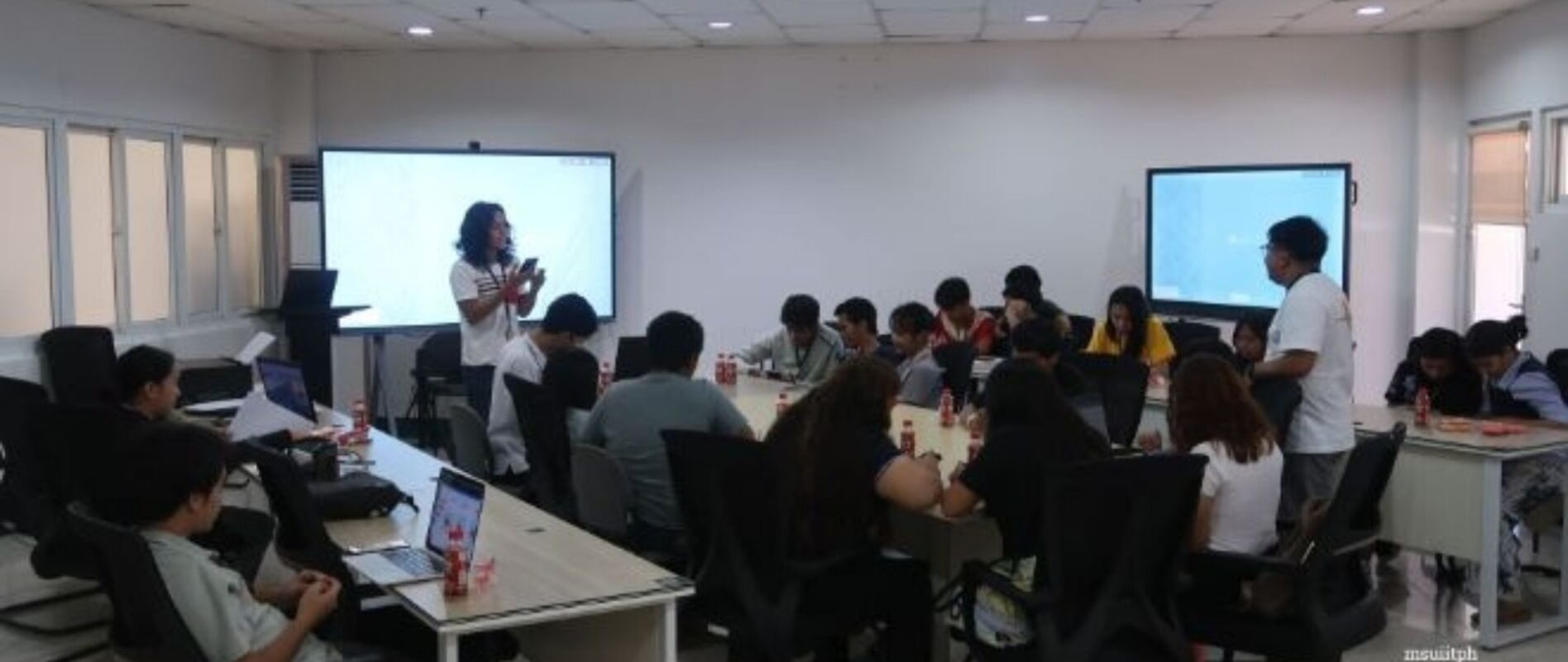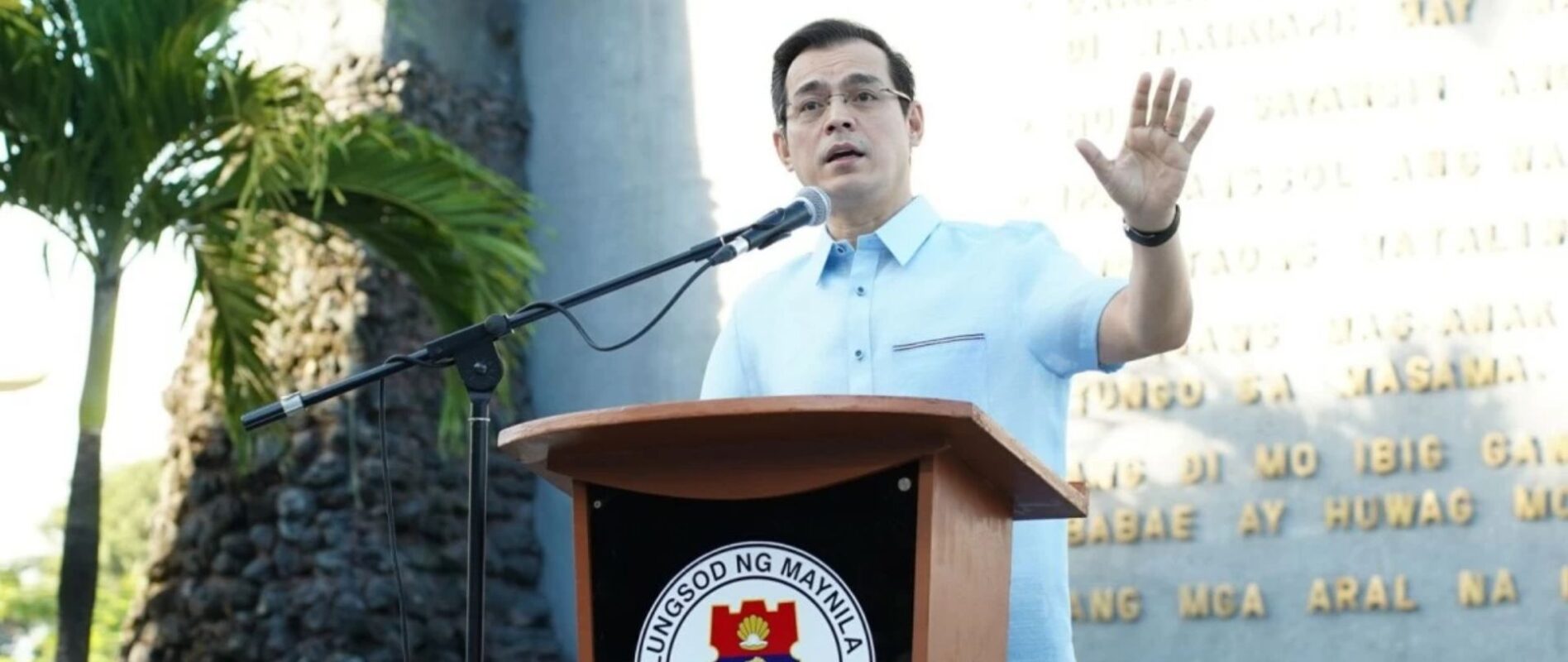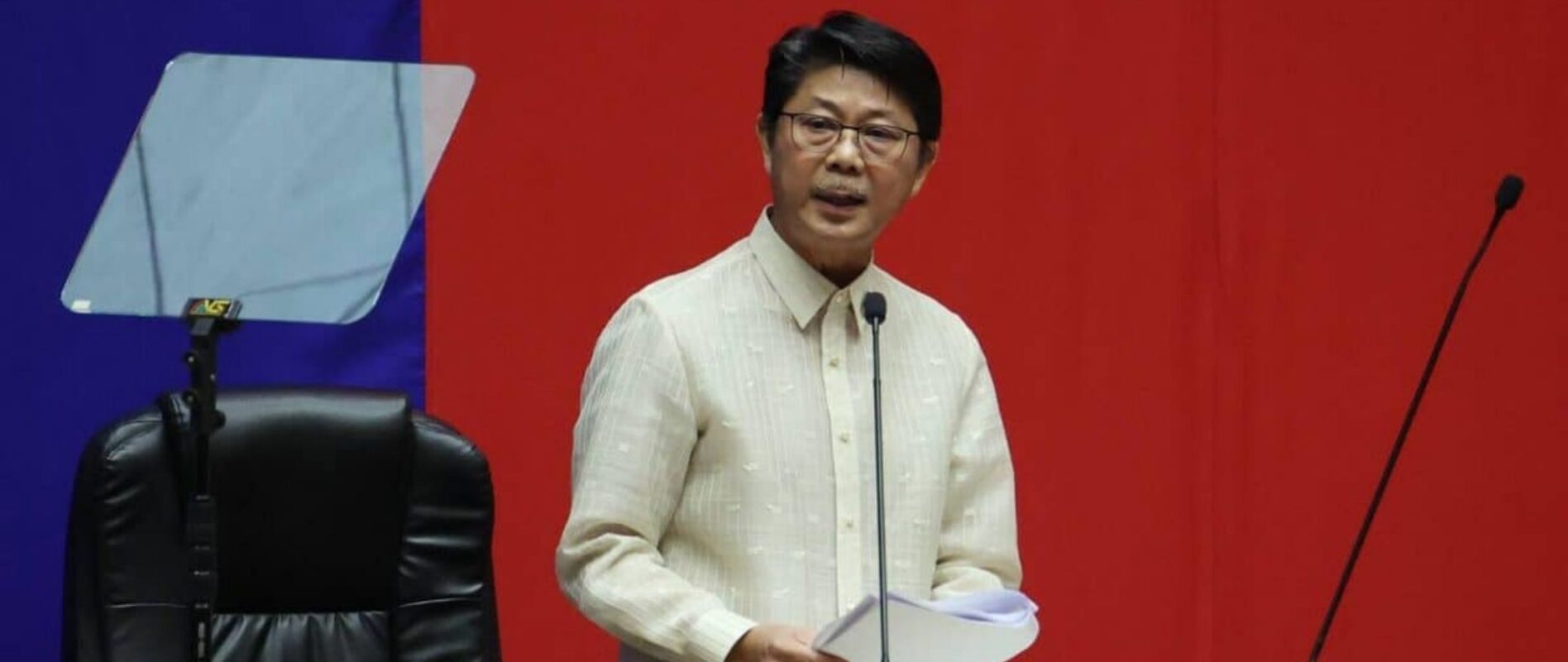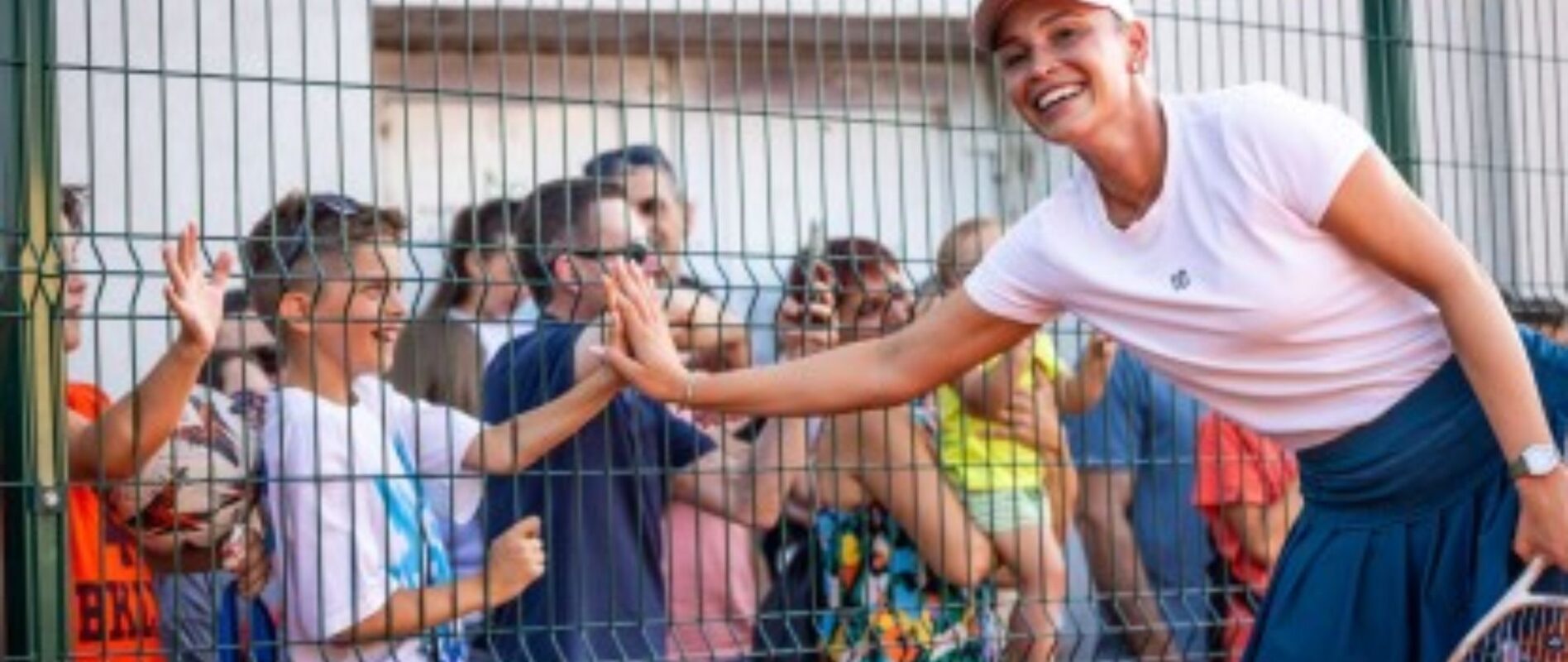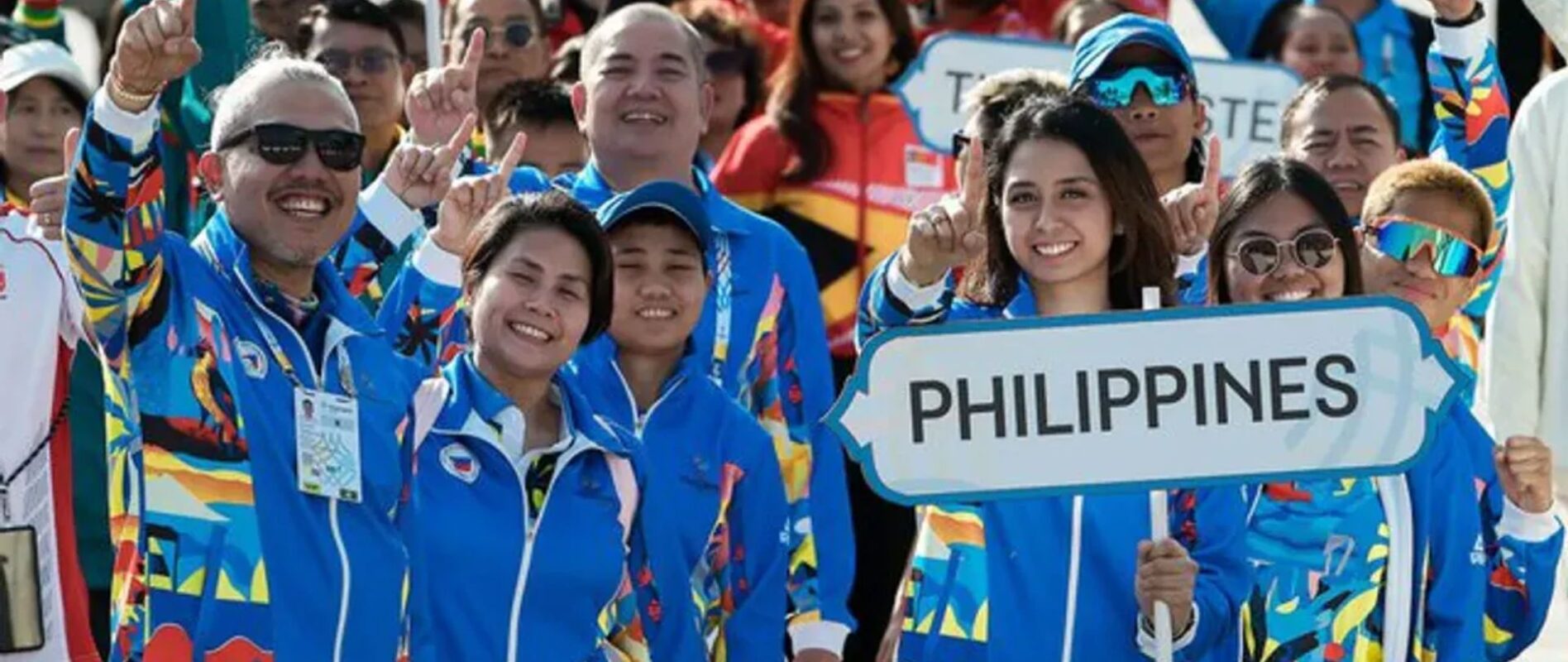CHILDREN IN TYPHOON-HIT AREAS FACE HUNGER, SAYS SAVE THE CHILDREN PH
THE SUFFERING of children and their families in typhoon-hit communities continues, especially those who lost their homes who now live in makeshift houses, according to Save the Children Philippines.
The group said that thousands of families have yet to rebuild their lives a month after Super Typhoon Rolly pounded the Bicol region.
“Our house was destroyed because we are poor,” said nine-year-old Maria, one of the thousands of children left homeless in the town of Malinao in Albay.
Maria said her heart broke when her learning modules were swept by floods.
“I hope to receive learning materials,” she said.
Atty. Alberto Muyot, Chief Executive Officer of Save the Children Philippines, said climate-related disasters disrupt children’s learning, destroy homes, educational facilities, health centers, and other infrastructure critical to children’s well-being.
“Disasters leave deep scars on children’s well-being because they are exposed to traumatic events such as losing homes, seeing tremendous damages, and at times, witnessing the loss of lives,” he said.
Save the Children Philippines launched a series of integrated response activities to support the needs of some 50,000 most vulnerable children and families in the provinces of Camarines Sur, Albay, and Catanduanes.
These include education in emergencies, programs on child protection, health and nutrition, mental health and psychosocial support, as well as water, hygiene and sanitation.
“Children who were affected by disasters need to go back to learning, to establish normalcy and routine in their lives,” Muyot said.
The child rights organization will also establish a satellite office in Catanduanes to support 1,200 families to help them get back on their feet. The disbursement of cash assistance will be facilitated by the Philippine Postal Corporation.
Save the Children Philippines has helped some 2,000 families, including 3,755 children by distributing plastic sheets for emergency shelter, family hygiene kits, water kits, and 1,000 household kits, face masks and alcohol.




